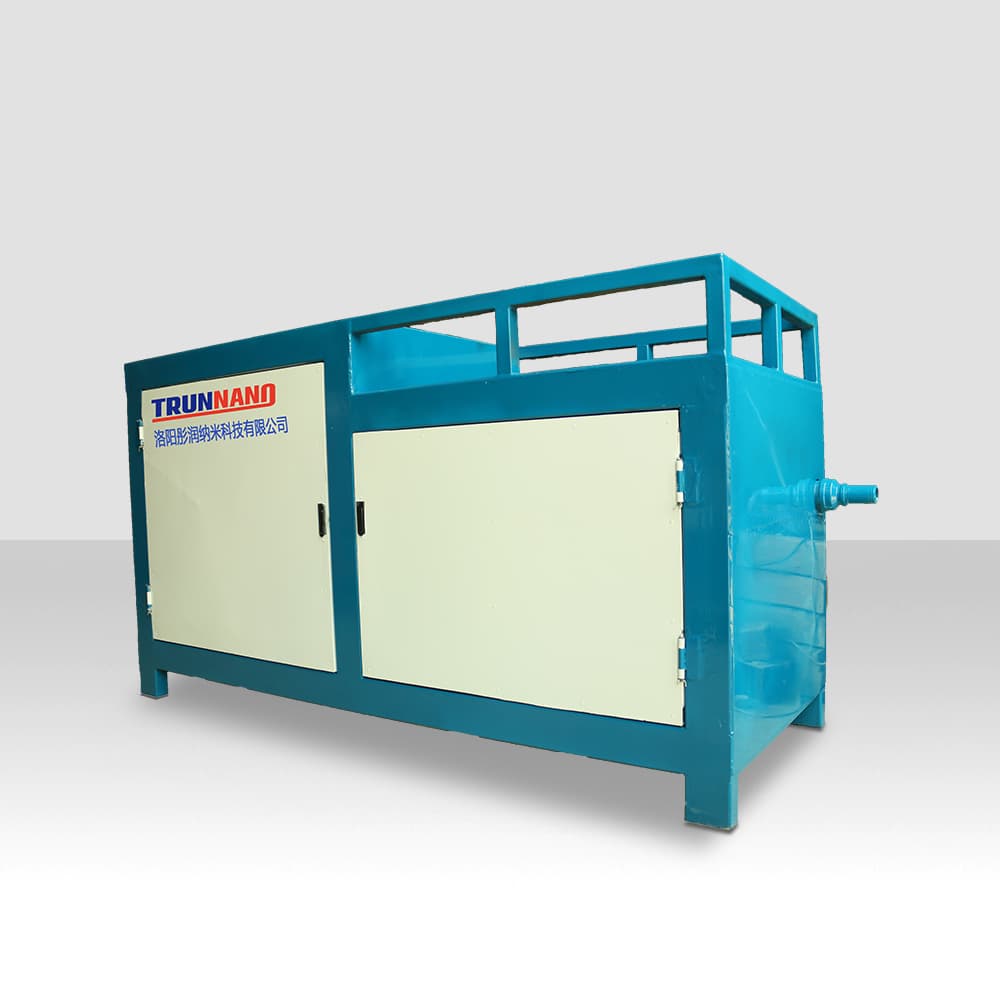Professional solutions on concrete addtives, Concrete Foaming Agent, Superplasticizer, CLC Blocks Additives, and foaming machine
(Concrete pce powder: Types, Advantages and disadvantages, and Properties)
Polycarboxylate superplasticizer types
The commonly used superplasticizers include polycarboxylate series, naphthalene series, fatty acid series, and other superplasticizers. Different superplasticizers have their own advantages and disadvantages.
The water reduction of naphthalene admixture is generally 17%, and the mutual adaptability with the matrix material is relatively narrow, but it is wider with the sand material, the fluidity is general, and its slump and expansibility loss are relatively large. the performance of water retention, adhesion and climate adaptability is also poor.
The water reduction of fatty acid series is generally 20%, and its mutual adaptability is similar to that of naphthalene admixtures, with general fluidity, but less loss of slump and expansibility during use, and good adhesion and climate adaptability.
The water reducer of polycarboxylate superplasticizer is generally 25%, which has wide adaptability with matrix materials and narrow adaptability with sand and gravel materials. In the process of use, the slump and expansibility loss is small, there is no loss, the fluidity is large, the water retention, adhesion and climate adaptability are good, but the requirements of using technology are higher.
Polycarboxylate superplasticizer properties:
Compatibility of polycarboxylate system
Because of the special structure of polycarboxylate superplasticizer, it can not be stored and used together with other superplasticizers, especially naphthalene superplasticizer. When different types of superplasticizers are needed to be used alternately, the relevant containers must be carefully cleaned to prevent cross-contamination from affecting the quality of concrete. The adsorption performance of superplasticizer varies with different kinds of cement. Because the compatibility range of polycarboxylate superplasticizer in cement is relatively narrow, it is inevitable that the compatibility is not good. Therefore, it is necessary to increase its dosage or use different kinds of cement to effectively solve this problem.
Retarding technology of polycarboxylate superplasticizer
In the process of construction, due to the short retarding time, the use of retarder can effectively prolong the plasticity of concrete. However, the incompatibility between the two should also be considered to avoid the decline of concrete performance.
Air content control
Polycarboxylate superplasticizer has good air-entraining effect and can be used with defoamer, air-entraining agent and so on. Through elimination before introduction, the air content of concrete can be controlled and its workability and durability can be improved.
The control of sand and gravel mud content
The mud content of sand and gravel will also affect the application effect of polycarboxylate type high performance superplasticizer. If the mud content in the sand exceeds 2%, the structure between the clay layers will therefore absorb a large number of superplasticizer molecules, reducing the flow performance of the concrete. If the mud content in the construction process is relatively large, the clay-resistant polycarboxylate superplasticizer should be considered.
Concrete Additives Supplier
TRUNNANO is a reliable foaming agents supplier with over 12-year experience in nano-building energy conservation and nanotechnology development.
If you are looking for high-quality polycarboxylate superplasticizer, please feel free to contact us and send an inquiry. (sales@cabr-concrete.com)
We accept payment via Credit Card, T/T, West Union, and Paypal. TRUNNANO will ship the goods to customers overseas through FedEx, DHL, by air, or by sea.
(Concrete pce powder: Types, Advantages and disadvantages, and Properties)







